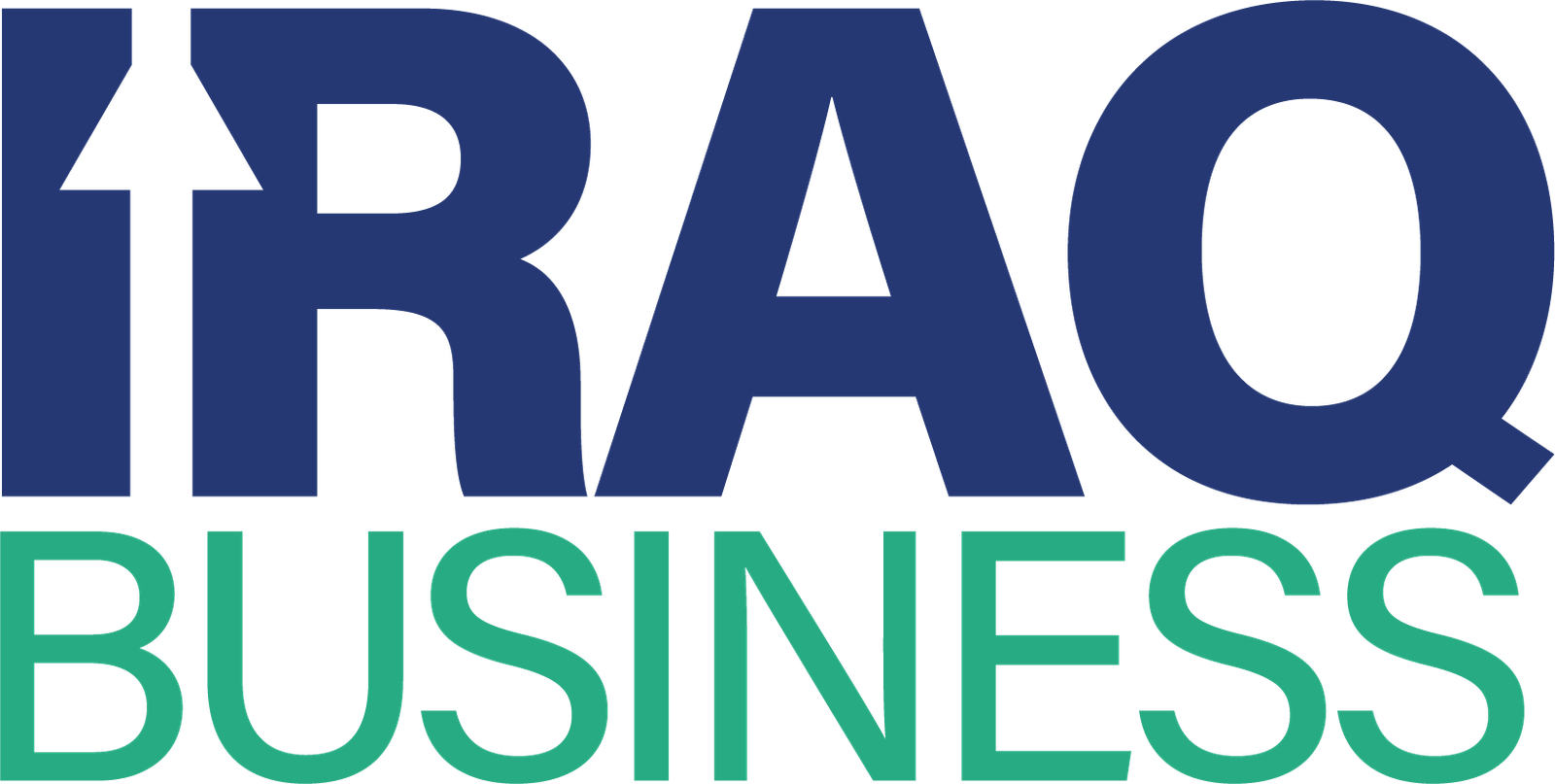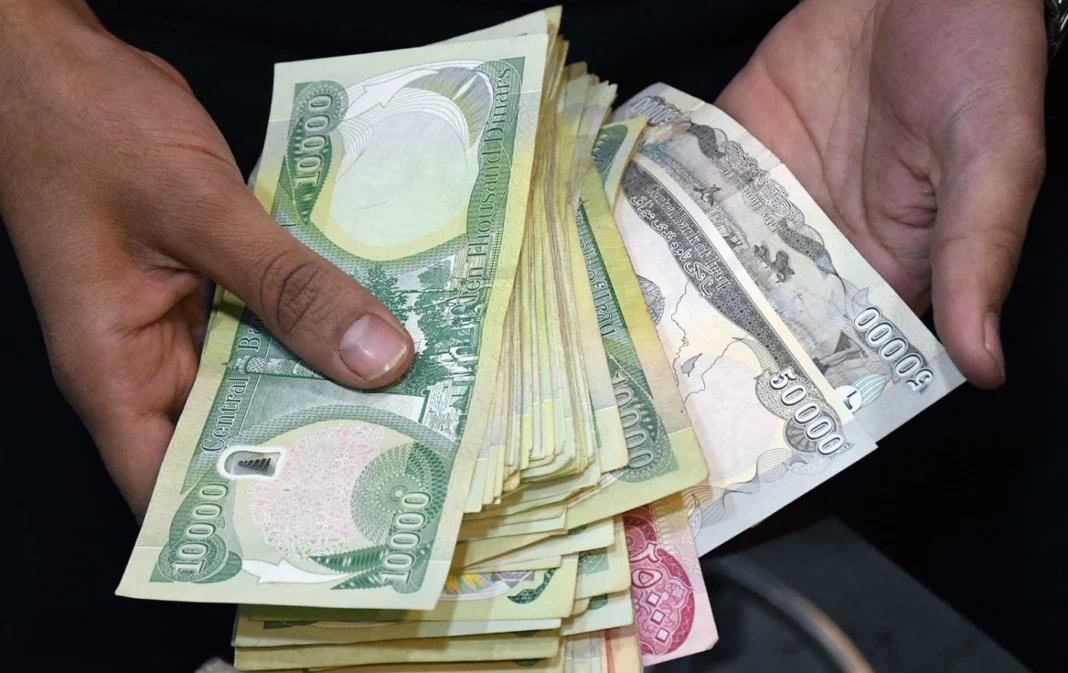Dollar prices in Iraq showed mixed movements as Baghdad saw a rise while Erbil experienced a slight drop. The difference in exchange rates reflected changing market conditions, local demand, and the varying availability of dollars across regions.
In Baghdad, dollar prices rose as trading activity increased in the city’s main financial centers. Traders at the Al-Kifah and Al-Harithiya exchanges sold 100 US dollars for 141,700 Iraqi dinars. The previous day, the rate stood at 141,600 dinars, showing a small but clear increase. Many currency exchange offices also adjusted their prices to match the new trend.
Meanwhile, exchange stores in Baghdad offered the dollar at 142,750 IQD for selling and 140,750 IQD for buying. These figures indicated higher demand from local traders and importers who needed more foreign currency to complete business transactions. As a result, Baghdad’s dollar prices continued to climb steadily through the day.
However, Erbil’s market told a different story. Dollar prices in Erbil dropped slightly as supply outpaced demand. Traders sold 100 dollars for 141,500 Iraqi dinars and bought at 141,400 dinars. The difference, though small, showed more stability in the Kurdistan Region’s financial environment. Erbil’s steady currency access and lower transaction pressure helped balance the market better than in Baghdad.
The ongoing difference between Baghdad and Erbil highlights how Iraq’s dollar prices shift due to local financial behavior and currency circulation levels. Many analysts believe that Iraq’s dollar prices reflect deeper economic patterns, including government policies, import levels, and international dollar flows.
Furthermore, regional economic activity continues to influence the exchange rate movement. While trade increases, the demand for dollars rises in Baghdad. Conversely, when imports slow down in Erbil, the market eases, pushing the dollar’s value slightly lower. These constant shifts demonstrate the importance of monitoring Iraq’s dollar prices to understand broader market conditions.
Traders across Iraq keep a close eye on the situation. Many expect rates to stabilize once the financial supply between Baghdad and Erbil balances out. Until then, Iraq’s dollar prices will likely continue fluctuating across regions, showing the dynamic nature of the national currency market.


